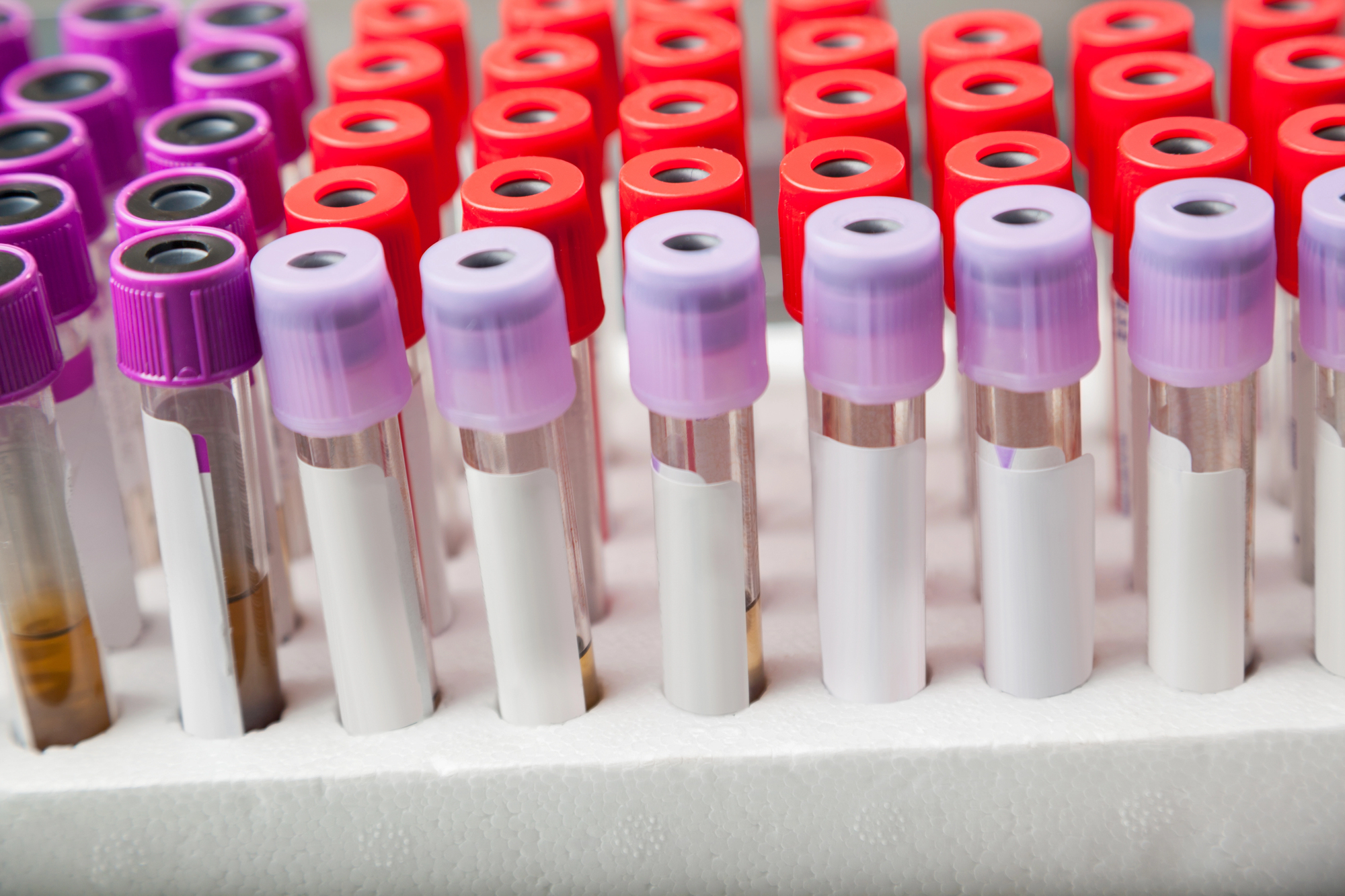
Sterilizing laboratory materials using autoclaves is a reliable and effective method. Materials are sterilized under pressure with saturated steam. Due to pressure, it is essential to train individuals on proper operating procedures, especially when labelling an autoclave package.
They are critical in the medical industry, as they provide a way to sterilize medical equipment without using potentially harmful chemicals. Labelling this essential medical item is crucial in ensuring that it is well-stored and packed, and safe to be used.
An autoclave package is a package that undergoes sterilization. It needs to be correctly labelled on its autoclave tape. The use of sterilization indicators will validate the result needed.
Sterilizing agents penetrate packaging materials, allowing the item to remain sterile after sterilization. They include sterilization packs, peel pouches of paper or plastic, and wrapped perforated instrument cassettes. Additionally, it is necessary to design sterilization processes and equipment suitable for the items they will be sterilized.
Bags and each item must be taped with this temperature-sensitive tape. Lines may appear on this tape when it has been exposed to high temperatures. It can be used to signify that materials have been autoclaved. However, there are no guarantees that the autoclave cycle succeeded in sterilizing the contents. Quality control must be validated with a biological indicator or other means.
The autoclave tape is applied outside the package. The purpose is to quickly identify its content, the date of the autoclave, and the initials of the person who wrapped the item. On the other hand, sterilization indicators are placed inside the pack indicating that the contents are sterile.
Steam autoclave tapes come in brown hard cardboard cases that are recyclable. A recyclable HD polyethylene sheet is used as an inner cover against moisture and dust for the steam indicator tapes.
For health care facilities to comply with the FDA, all medical devices must be sterilized to eliminate the risk of infection. Autoclave labels must be marked with certain information to communicate the proper processing conditions to the user.
Labelling is part of the packaging of any product or item. It ensures that anyone who will handle the item will be guided about its content and handle it.
It is necessary to label all material being placed in the autoclave. It is crucial to handle autoclave device and package easily, like to:
Like other products and items, labelling the autoclave package must contain required information and instructions per the ISO Standard.
Under ISO 11140-1:2005, this guideline specifies the standard requirements and needed tests for indicators exposed to the sterilization processes. It can be a physical or chemical change of substances, and that is used to assess whether the necessary variables are being achieved in a sterilization process. Their action is independent of whether a living organism is present.
Before placing packaged instruments in the sterilizer, at a minimum, include the following information on the label:
The packaging units are to be kept as small as possible and provided with these additional labels:
Each device or container must be labelled. During distribution, storage, and use, the labels must remain in place and legible. Additionally, user instructions should remain legible while being stored and used.
Acceptance activities should be performed to ensure that the packaging and labels following the specifications upon receipt. It is also necessary to have the labels proofread by a designated individual. Accepted components can be placed into inventory or production after being accepted by a responsible individual.
It is important to separate all labelling and packaging operations to ensure that neither products nor labels are mixed up. Separation can be either physical or spatial. It can also involve various separating components, such as adhering to different labels to different devices. Separating instruments in this manner is unnecessary when there will be no way of mixing them up.
All printed packaging and labelling materials must be stored in an area and manner that prevents mixups (21 CFR 820.120). These materials include pre-printed containers, inserts, and packaging. Identifying and segregating inadequate labelling degrees is necessary to eliminate labelling confusion. Only authorized personnel should have access to the labelling.
It is vital to observe the labelling requirements when it is used. The labels must adhere to the labelling specifications. Device master records are used as guides for compliance when labelling a specific device. All control numbers or expiration dates must be included. The device history record must include a record of the check, including the date and the examiner’s name.
Sterile devices should be labelled with special attention. Instruments that are not entirely sterile must be labelled. It is intended to properly inform users about the content intended to be safe and sterile in the package.
Users may be required to sterilize some devices before they are used. There should be adequate information on the labelling as to at least one method of sterilization and any precautions to follow. Labelling should describe and include any:
When it comes to labelling solutions, one should only trust an established brand, Nev’s Ink. All our labels and tapes are tested in different environments to ensure high-quality standards, from hot and cold to humid and high traffic. Visit our website or call us today.